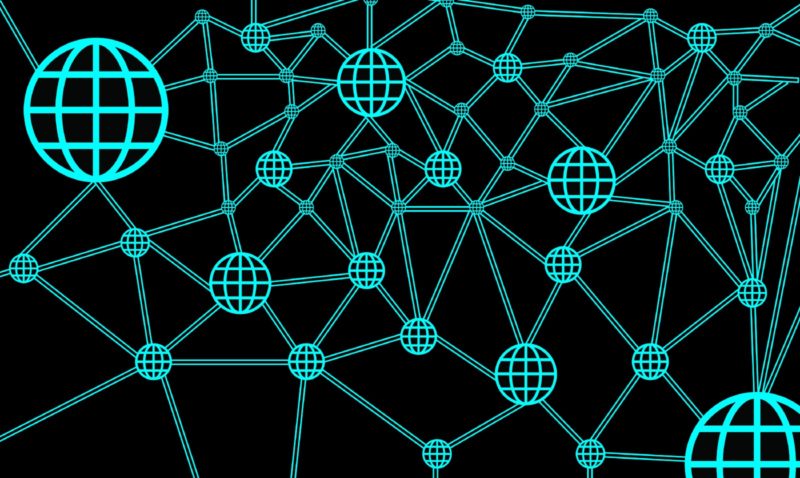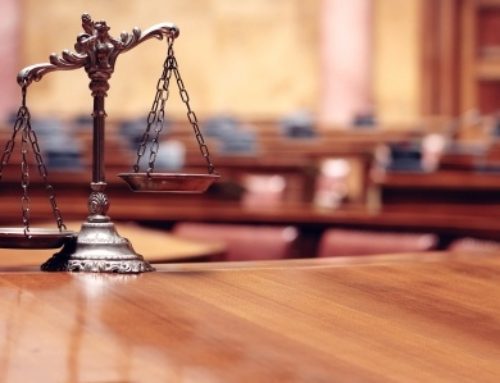Editor’s Note – In this post, Abhijit Murthy analyses the policy proposal to decentralize the Supreme Court of India. He identifies the merit of decentralization to enable a more concentrated constitutional review and increased access to justice that is currently being affected by geographical constraints. He also writes about the proposal’s drawbacks by identifying the roadblock to this proposal in the form of the Basic Structure Doctrine that would impede such a change.
The Congress party’s 2019 election manifesto made several promises to reform the Supreme Court. One of the key suggestions is a call for structural reforms of the Court. The Congress suggested splitting the unified Supreme Court into a Court of Appeal and a Supreme Court for constitutional matters. The newly created court of appeals would sit in benches located in six places across the country. The measure is not entirely novel, having been previously recommended by the Law Commission in its 229th report. The report called for setting up four appellate benches of the SC in Chennai/Hyderabad, Delhi, Kolkata, and Mumbai. The report’s recommendations were rejected at the time. Despite the loss of the Congress party, their recommendations do merit discussion, as these are illustrative of the type of innovation necessary to reform India’s court system. These suggestions have been gaining press coverage and scrutiny and examining them allows us to better understand some key issues that plague the judiciary.
The Supreme Court, in its current form, was set up by the Indian Constitution in 1950. It sits in Delhi, replacing the British Federal Court of India. The constitution also provides for the court to have benches and sittings outside Delhi in Article 130. However, this article has not been invoked so far, despite several calls for its application.
In 1998, the Supreme Court had the opportunity to adjudicate on the applicability of the Article in the SP Anand case [(1998) 6 SCC 466]. In its judgment, the Court noted that the Article was only an enabling provision, and the CJI could not be forced to implement it by a petition. The Court, at that time, did not find a need for its use. These questions were later reopened in 2015 when V Vasanthakumar filed a PIL to set up regional benches of the SC. The SC appointed current Attorney General, KK Venugopal as an amicus in the case. He found in favor of decentralizing the court. However, the move was strongly opposed by Mukul Rohatgi, the then Attorney General.
Reasons for decentralization
Justice Krishna Iyer, a vocal supporter of decentralization, suggested that there existed no basis for selecting Delhi as the sole location of the SC. He claimed that the current, centralized, system was akin to the oppression of the south by the north. He suggested splitting up the Supreme Court into multiple benches, in a manner similar to the practice of several High Courts. However, his call for decentralization was ultimately unfruitful. He and several other proponents of decentralization point to two key issues that they believe can be solved through regional benches.
The first issue is that of access to justice. The Law Commission notes that the financial burden of traveling across the country and arranging for a lawyer in Delhi is often a huge burden on petitioners. KK Venugopal notes that while 10 percent of the cases filed in the Supreme Court emanates from Delhi, and 6.2 percent from Punjab and Haryana, only 1.1 percent and 2.4 percent come from large Southern states like Tamil Nadu and Karnataka (source). While these numbers do not conclusively prove that distance affects the likelihood of a case coming before the SC, they are indicative of a trend. To address this issue, the law commission suggested the setting up of four regional benches to hear cases from each region.
Second, the bifurcation would enable a Supreme Constitutional Court to better adjudicate matters of national importance. As Justice Bhagwati noted, the SC was meant to be a constitutional court, and not merely another court of appeal [(1986) 4 SCC 767]. However, the court is currently overburdened with appeals, which take up more time than constitutional matters. There are nearly 5,800 appeals waiting before the court versus only 560 constitutional matters. Further, over the last decade, there has been an average of only ten 5-judge constitutional benches constituted per year, in comparison to a 100 per year during the 1960s. These benches are required by Article 145(3) in all cases of important constitutional interpretation. A reduction in their number could be indicative of a decline in judicial capacity on important issues. It is believed that a bifurcated court would be in a better position to pay greater heed to important issues, while also being able to have larger benches to decide on them.
Drawbacks of the proposal
However, critics have been quick to point out that these solutions do have certain drawbacks. Firstly, it is believed that a fragmented court would lead to fragmented verdicts. The SC is required to unify the law across India and having multiple benches may hinder this goal. This is similar to the current scenario of multiple High Courts having differing rulings on similar fact scenarios.
The proposal may also be violative of the basic structure doctrine. Any bifurcation of the court would require an amendment to the Constitution, specifically Article 136. This Article concerning Special Leave Petitions (SLPs) empowers the SC to hear any matter on appeal. As this is a part of the basic structure of the Constitution, any modification of it may be struck down.
There are also those who believe that these suggestions are unlikely to alleviate the overburdening of the Court. According to them, the burden is self-imposed, and the SC needs to be more selective in accepting cases. However, KG Balakrishnan, the then CJI, made a point of not minimizing cases, as this would amount to refusing someone a hearing. This could potentially prove to be a roadblock to any meaningful change taking place.
These objections contribute to the SC’s repeated rejection of similar proposals and could stymie Congress’s proposal. However, their proposal does help to foster a continuing dialogue on the necessity of structural change in the court-centered dispute resolution system of our country. Change is necessary to deal with the increasing load upon the Court, and to ensure that all people are able to meaningfully access legal remedies.
Abhijit Murthy is a Third Year B.A., LL.B. (Hons.) candidate at NALSAR. He is also a Writing Fellow for Nyaya.







Leave A Comment